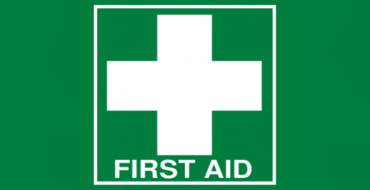Why Is Early CPR & Defibrillation So Important?

Each year around 30,000 Australians experience Cardiac Arrest. This equates to one every 9 minutes. Over 12000 could survive with a quality chain of survival system in place. This involves early CPR and early Defibrillation
Sadly, In Australia, only 9-10% of these 30,000 people who experience Cardiac Arrest will survive. 95% of victims who die, do so before reaching hospital.
The chance of survival decreases every minute by 7-10% that by-stander CPR is not provided. When bystander CPR is provided, the decrease in survival rates is more gradual and averages 3% to 4 % per minute.
When an AED (Automated External Defibrillator) is used, along with early CPR, the chance of survival increases drastically to 30-40%
The chain of survival refers to a series of actions that, when put into motion, reduce the mortality associated with cardiac arrest. Like any chain, the chain of survival is only as strong as its weakest link. The four interdependent links in the chain of survival are early access, early CPR, early defibrillation, and early advanced cardiac life support.
Early Defibrillation is the component of the chain that is most often missing, yet provides the biggest boost in patient survival chance. BLS First Aid would love to see Defibrillators in every workplace, community & public area in Australia
Please share these startling facts, and if you don’t see a Defibrillator in a place you think there should be one – ask them why they don’t have one, and whether they know how beneficial a Defibrillator really is. Help us influence a safer Australia.

Have a look at BLS First Aid’s HeartSine Defibrillator range
